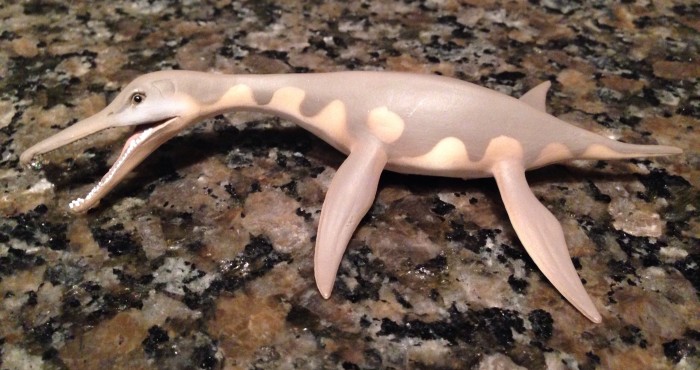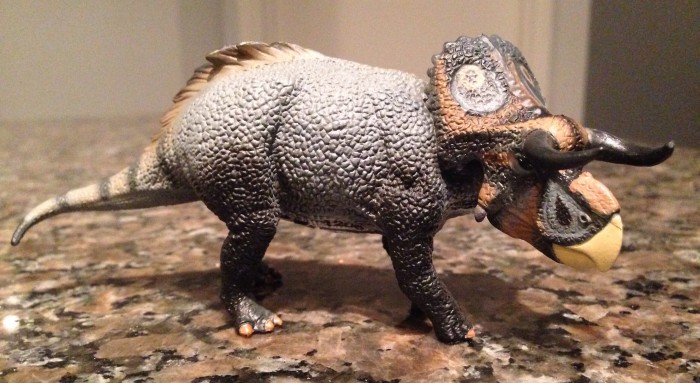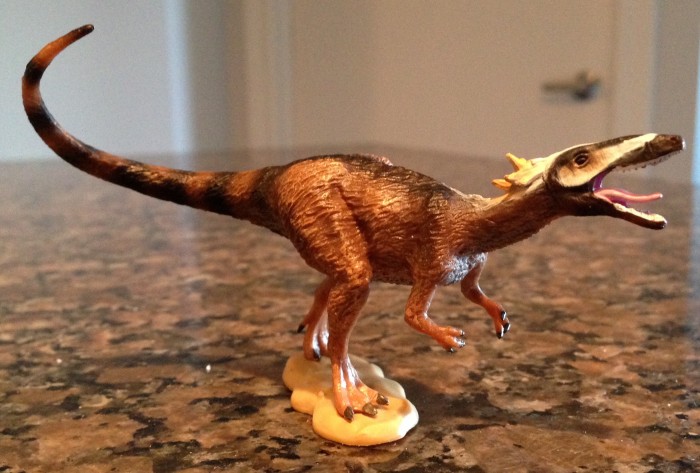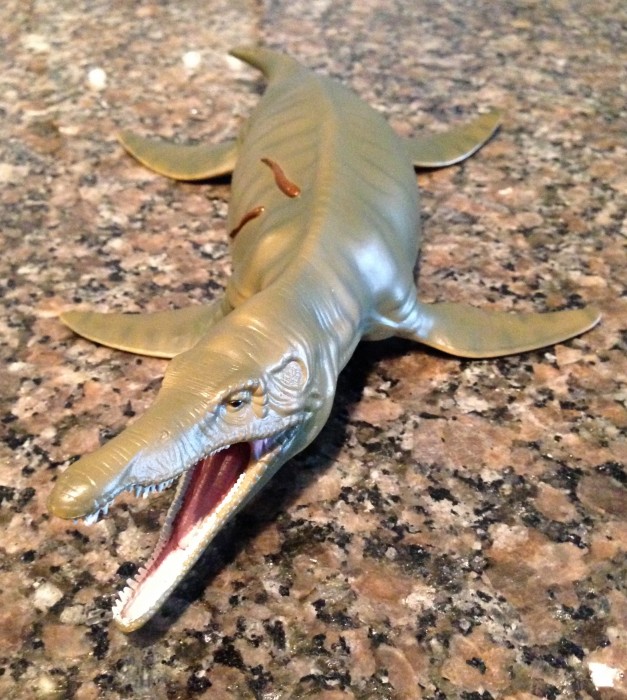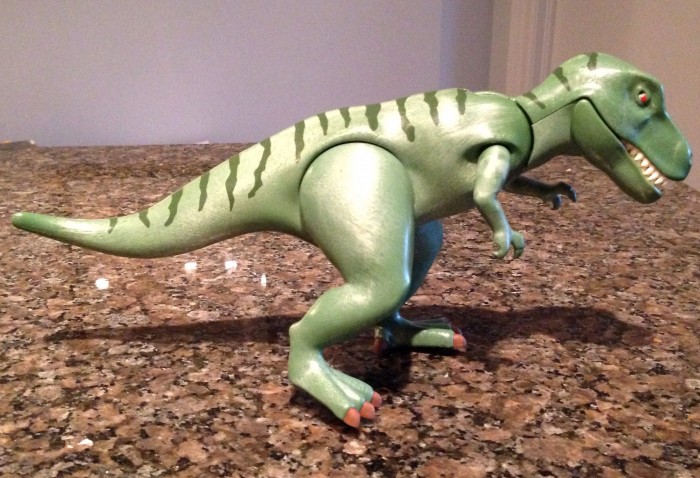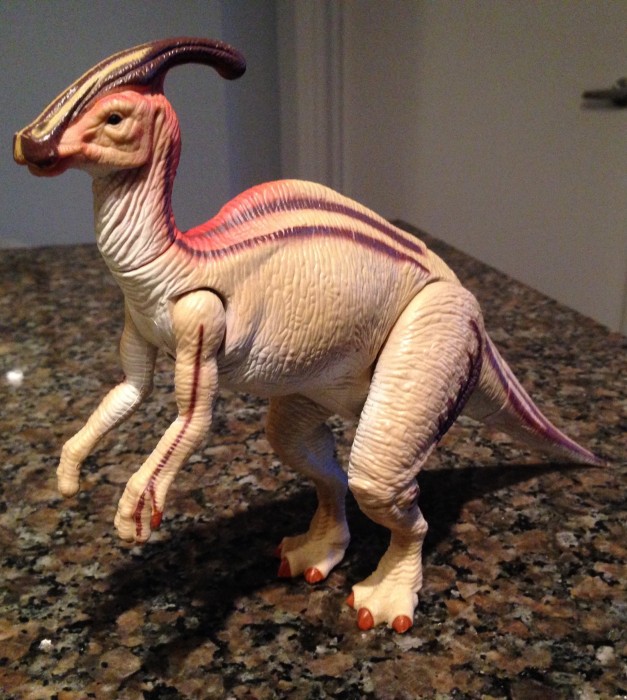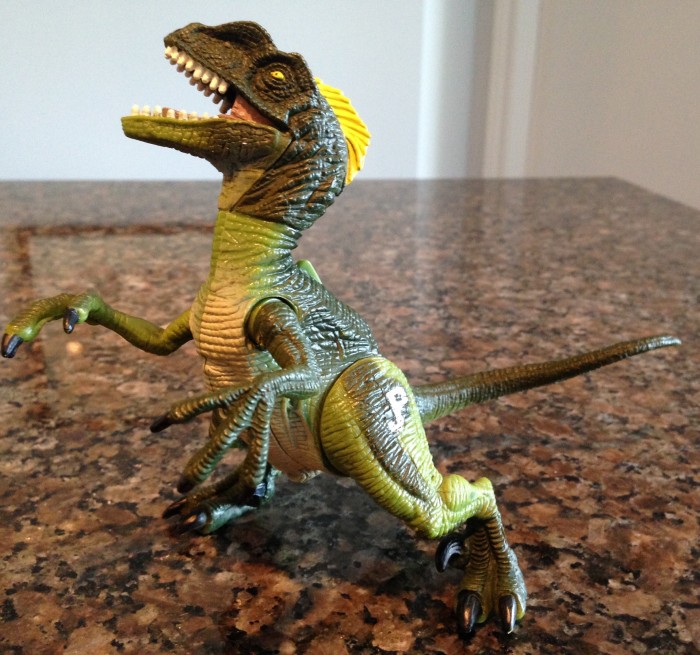Author: Suspsy
 Suspsy has lived in Canada all his life. One day when he was in kindergarten, his teacher did a lesson on dinosaurs and put up some giant cutouts on the wall. Suspsy immediately began pretending to be a Tyrannosaurus rex at playtime, and continued to do so for many subsequent playtimes. Since then, he has acquired two degrees, worked many different jobs, travelled to many fantastic locations, fallen in love, gotten married, and settled down to raise a family, but his passion for dinosaurs and other prehistoric animals has never waned.
Suspsy has lived in Canada all his life. One day when he was in kindergarten, his teacher did a lesson on dinosaurs and put up some giant cutouts on the wall. Suspsy immediately began pretending to be a Tyrannosaurus rex at playtime, and continued to do so for many subsequent playtimes. Since then, he has acquired two degrees, worked many different jobs, travelled to many fantastic locations, fallen in love, gotten married, and settled down to raise a family, but his passion for dinosaurs and other prehistoric animals has never waned.All reviews by this author
Review: Medusaceratops (CollectA)

4.1 (20 votes)
Medusaceratops lokii is the oldest known chasmosaurine ceratopsid. The unique profile of its frill led to its awesome-sounding name, which refers to the Greek gorgon Medusa and the Marvel supervillain Loki. In a perfect world then, its archenemy would be a tyrannosaurid called Perseussaurus thori.
Review: Nasutoceratops (CollectA)
Review: Xiongguanlong (CollectA)
Review: Daxiatitan (CollectA)
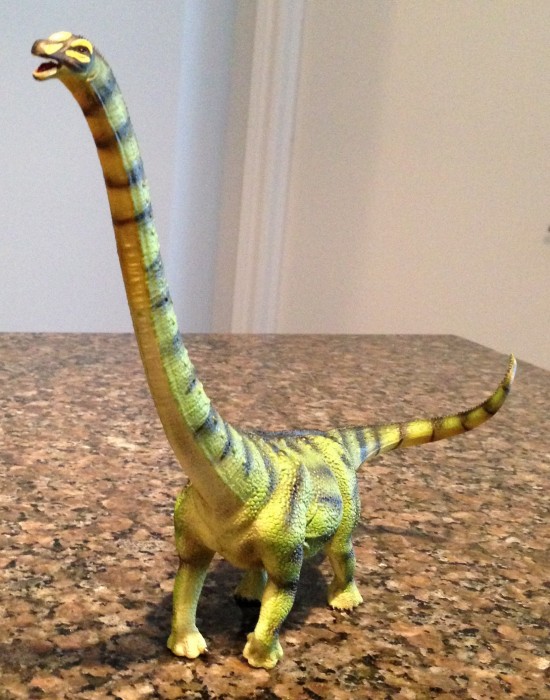
4.6 (16 votes)
The magnificent titan lumbers across the plains with the measured pace of a beast that knows he is in charge. Fully grown and in the prime of his life, he has little to fear from predators. As he approaches the crowded water hole, he sounds a warning and the smaller animals quickly give way.
Review: Pliosaurus (Deluxe by CollectA)
Review: Pteranodon (Playmobil)
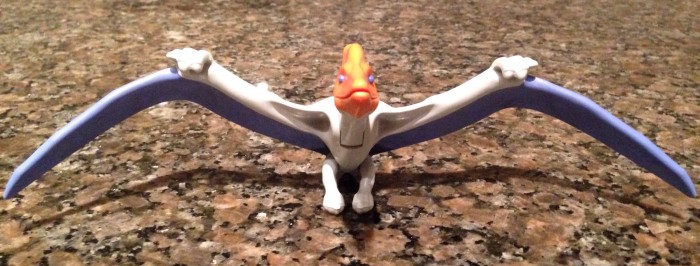
3.6 (8 votes)
From his perch atop the tree, a Pteranodon sights a fish swimming in a pond. Quickly he spreads his wings, swoops down, and snatches it in his bill!
It’s virtually unthinkable for a dinosaur toyline not to have at least one pterosaur and Playmobil has gone with that most familiar of flyers, Pteranodon.
Review: Tyrannosaurus rex and Velociraptors (Playmobil)
Review: Tyrannosaurus rex “Bull”(The Lost World: Jurassic Park by Kenner)
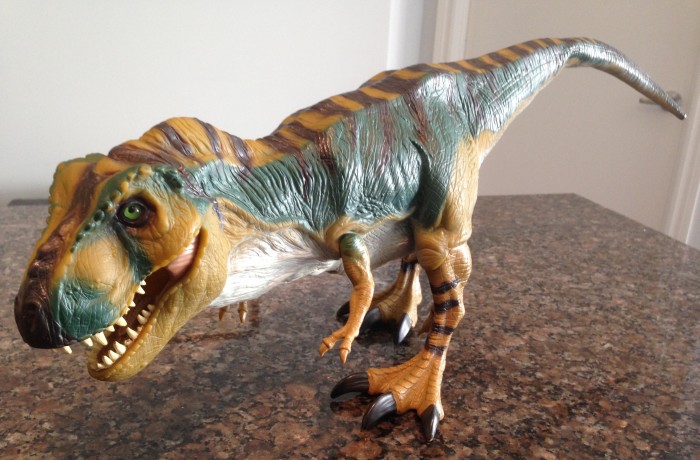
4.9 (74 votes)
By far my favourite scene in The Lost World: Jurassic Park was when the male Tyrannosaurus rex ran rampant through the city of San Diego in search of his baby. Sure, it was over-the-top, but it was undeniably fun. And who wouldn’t enjoy recreating that carnage in the comfort of their own home with a little imagination and a very large toy?
Review: Parasaurolophus (The Lost World: Jurassic Park by Kenner)
Review: Triceratops (Jurassic Park: Dinosaurs by Kenner)

3.7 (9 votes)
Rounding out my assortment of Jurassic Park recolours is none other than the world’s most famous ceratopsid.
First released under the Lost World label in 1997, this Triceratops is rather small compared to the massive 1993 version. Its short horns and length of only 20 cm indicate that it is meant to represent a juvenile.

